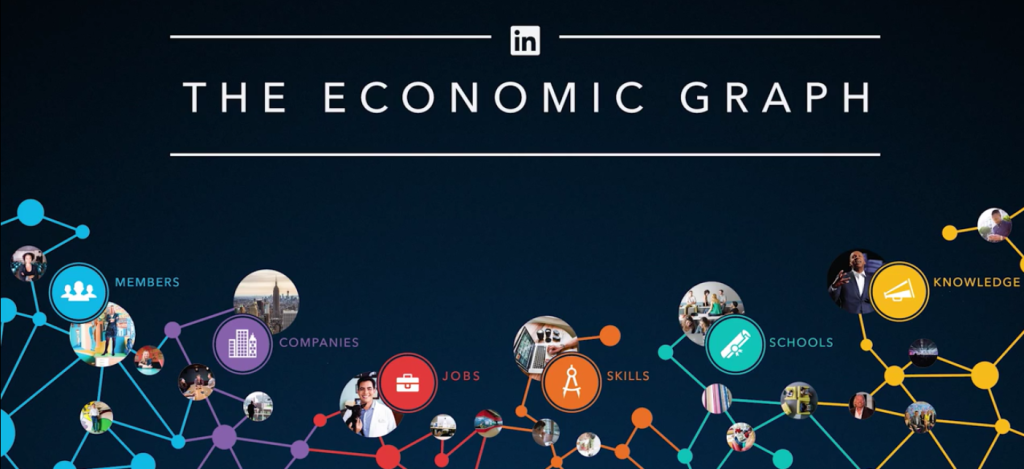LinkedIn, as you might be familiar with, is a social network for professionals. It was acquired a while ago by Microsoft for a whopping $26 billion. And so far, it seems to be a sound investment as the social network has been growing at the rate of more than a million users a week and has close to 500 million users.
But the more exciting thing about LinkedIn is their economic graph, as they are calling it.
The pace of automation has been quick in recent years, resulting in loss of jobs in certain areas while creation of jobs in certain others. Even if this might result in a net job creation or not end up being a net job loss, it still puts many many people in a tight spot as people whose jobs were automated won't find it at all easy to upskill themselves quick enough to qualify for the jobs that do get created.
This has been a hot issue for many politicians. But LinkedIn appears to have some solutions in mind that they are working towards.
Their economic graph is connecting three major entities - companies that have vacancies to fill, employable people working or looking for work, government institutions, vocational training institutes and universities.
From the companies that have vacancies to fill, LinkedIn is gathering information on what kind of jobs need what skills and can geographically map world over the areas where these skills are in demand.
At the same time, with the employable people working or looking for work putting up their resumes on LinkedIn, they have the data on who has what skills and where they live (and where they are willing to move).
And with the government institutions, vocational training institutes and universities, they are mapping where one can go to pick up the necessary skills for a job. Not to mention their efforts in online education wherever that is possible.
With these three entities mapped, LinkedIn is in the unique position of recommending to governments the vocational training they should focus on delivering to the residents of their localities. These will be the skills that will immediately result in job offers as LinkedIn has the list of companies that are looking to hire people with these skills in the said area.
This is an exciting prospect for governments the world over as more and more nations, states and cities are battling rising unemployment rates.
And being in this unique position to provide such value is one of the reasons why LinkedIn commanded such a high price.





CONVERSATION